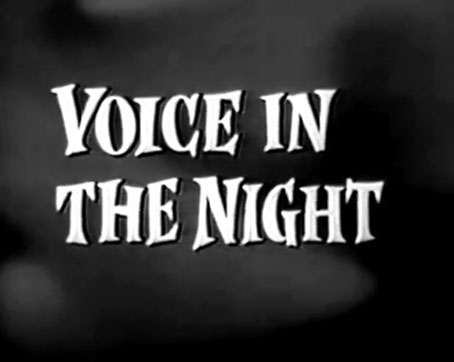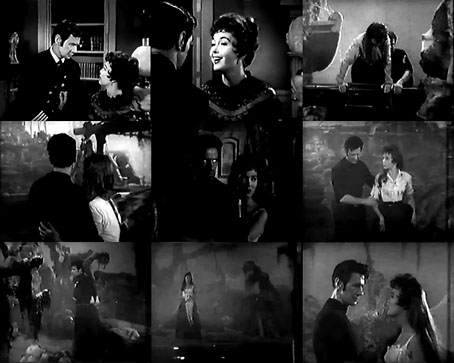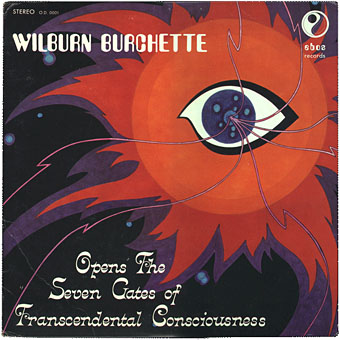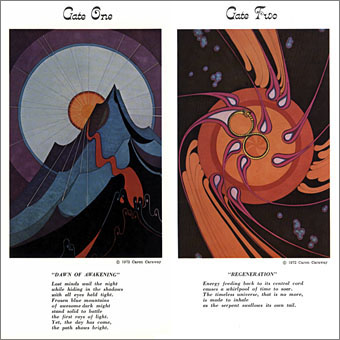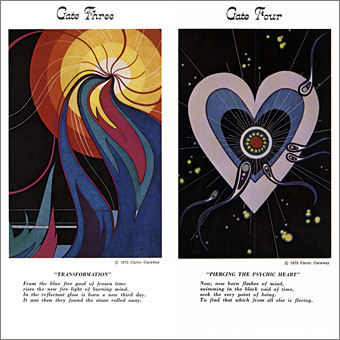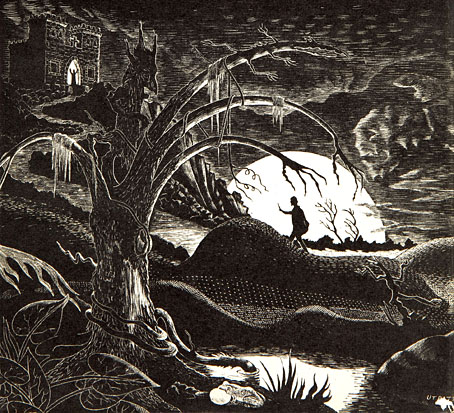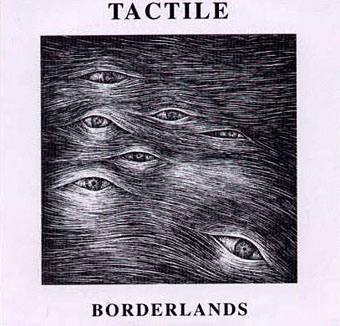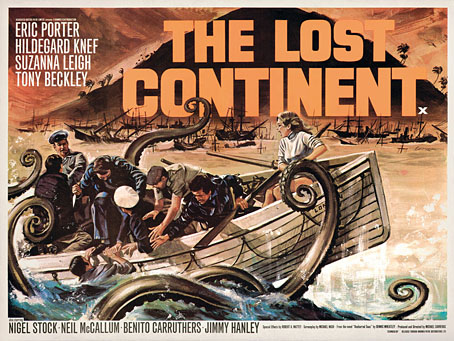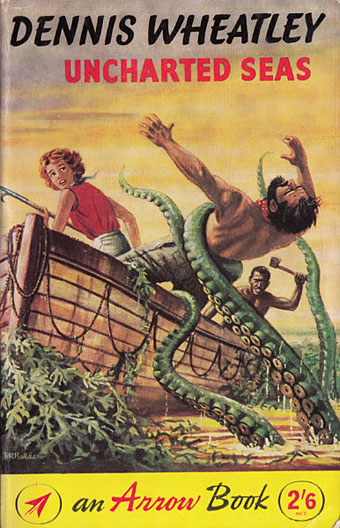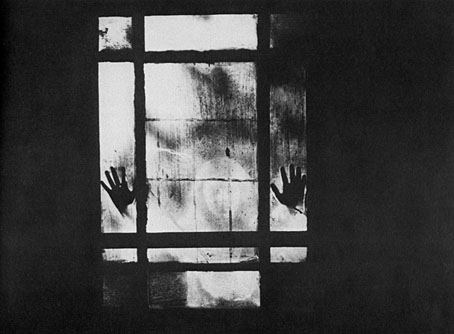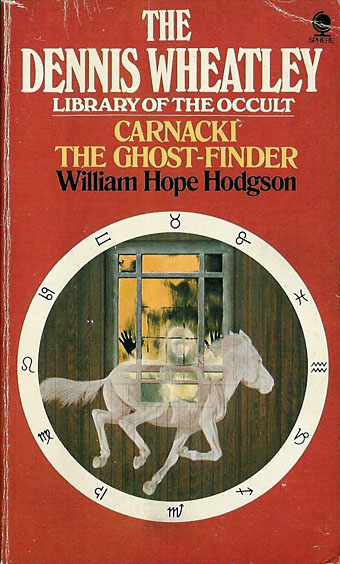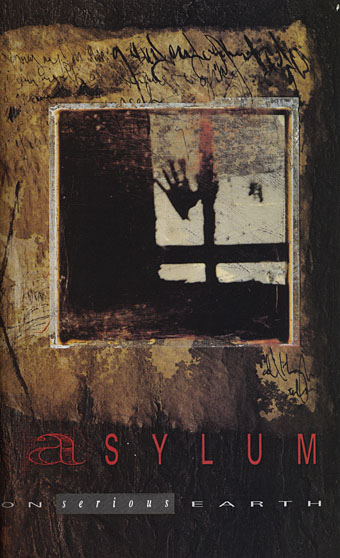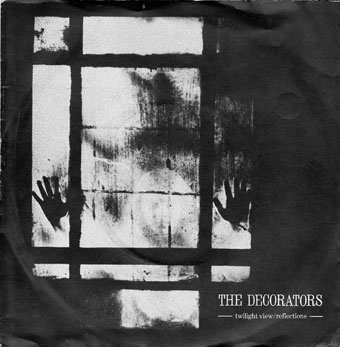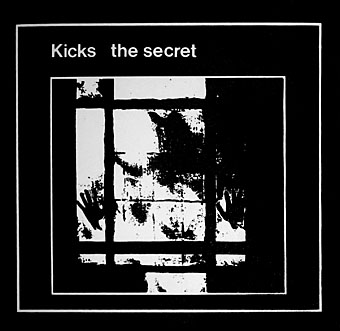This isn’t the best quality at all but it’s worth noting for those of us intrigued by the very small number of film and television adaptations of William Hope Hodgson’s stories. The Voice in the Night (1907) is Hodgson’s most popular story with anthologists, a tale of fungal horror that features a number of the author’s familiar motifs: the derelict ship, the uncharted island, and the sea as a home of insidious menace. The story was filmed by Godzilla director Ishiro Honda in 1963 as Matango (aka Fungus of Terror, Curse of the Mushroom People and Attack of the Mushroom People) but I’ve never seen this so I can’t comment on it.
Hodgson aficionados evidently prefer the 1958 television film directed by Arthur Hiller and shown as part of NBC’s Suspicion series. The title on this copy is Alfred Hitchcock’s Voice in the Night although Hitchcock seems to have had nothing to do with the production. Stirling Silliphant adapted the story, and he does a good job of fleshing out the narrative without spoiling things. James Donald and Barbara Rush are the doomed shipwreck survivors who find a fungus-covered derelict, and beyond this, an uncharted and similarly fungus-covered island. Patrick Macnee and James Coburn play the two sailors to whom Thomason (Donald) narrates his tale, although their scenes in this copy are so murky and indistinct it might as well be a radio play. Quality aside, this is a very effective adaptation even if it does evade some of the more terrible details in the closing pages of the story. It’s closer to the spirit of Hodgson than The Horse of the Invisible or Dennis Wheatley’s Hodgsonian The Lost Continent. The Suspicion series doesn’t seem to have been released on DVD so for now YouTube is the only place you can see this film. (Big thanks to Ross for the tip!)
Previously on { feuilleton }
• Hodgsonian vibrations
• The Horse of the Invisible
• Tentacles #2: The Lost Continent
• Tentacles #1: The Boats of the ‘Glen Carrig’
• Hodgson versus Houdini
• Weekend links: Hodgson edition
• Druillet meets Hodgson

